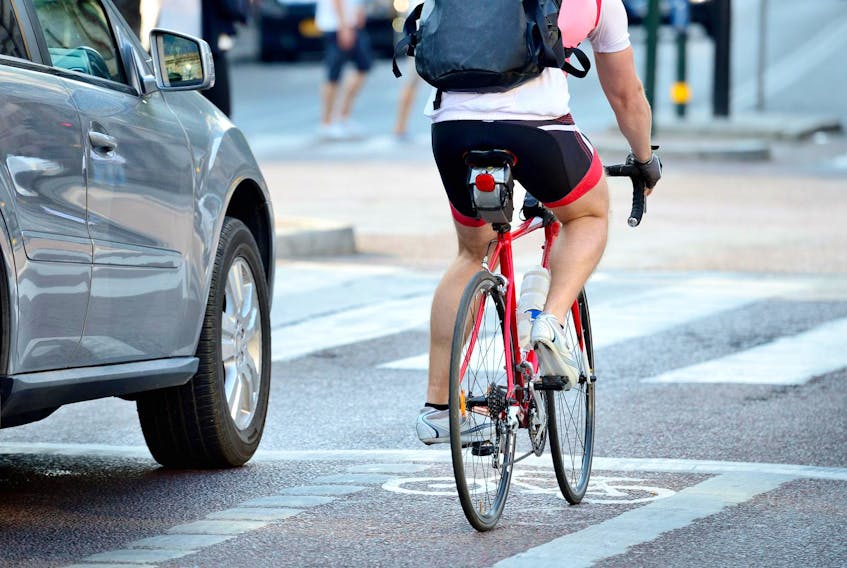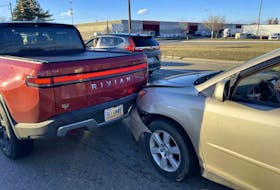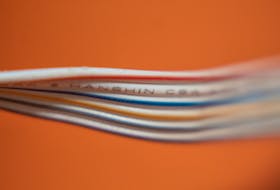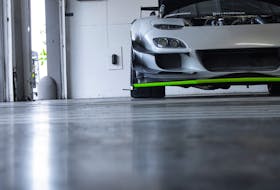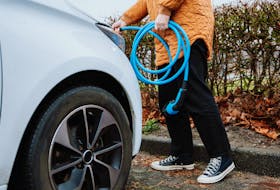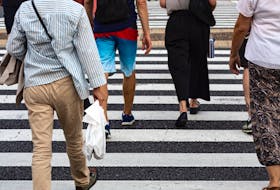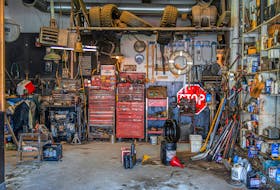Each year, too many riders are injured or killed on bicycles. Many, if not most, as the result of a collision with a motor vehicle.
The majority of cyclists are mature, capable folks, but others may be new to the cycling game and/or distracted.
Because we are sharing the roadways with these people, drivers must make allowances for them.
The bicycle is a small, light conveyance with very narrow tires and inherently poor stability. These skinny tires make objects and potholes motorists don’t think about a major threat. A small stone or imperfection that we’d drive over or around can literally throw cyclists into our path or off the road.
Drivers are taught how to smoothly transition from the roadway onto the shoulder — or the reverse. That same shoulder is a major problem for cyclists. That small height difference between shoulder and roadway takes on whole new significance when the tire is two centimetres wide and the vehicle weighs less than 100 kilograms.
So when you see someone travelling on the roadway in the same direction as you, don’t automatically assume it is easy for them to get unto the shoulder. Conversely, if they are on the shoulder, be wary of the possibility they may come back onto the roadway — at any time.
Even though cyclists have the same rights and responsibilities as motorists, they frequently ignore traffic signs and rules — running stop signs and crossing intersections against the light. Intersections are your biggest area of concern, because even though the speed may be down, the results of a car-bike collision are often fatal.
But intersections are also the cyclists’ biggest area of concern as motorists frequently make turns without looking for or noticing a cyclist, particularly on the passenger side (i.e. motorists turns right, often after failing to come to a complete stop, and cuts off the cyclist).
Another problem to watch for is the lack of signals. A good cyclist will signal his or her intentions to stop or turn. But the vast majority of them fail to do so, often making the turn with only a casual glance over their shoulder — if they look at all.
Another type of concern is at dusk when many cyclists are still on the road. If they are wearing dark clothing and have no visible lights, motorists have to be especially watchful.
Cyclists are also wary of passing a stopped motor vehicle because, all-too-often, the occupants will open a door without checking to see if anything is coming, and open that door right in front of the cyclist. If you are exiting a vehicle on the driver side, check your mirrors before doing so.
To this point, I’ve been talking about well-mannered, serious cyclists. Unfortunately, that is not always the case. At the other end of the spectrum we have two groups — those that don’t know better, and those that do and don’t care. The majority of these people are not old enough to drive a car, so are not yet aware of how much of a problem they can be.
Many of these cyclists have a newfound mobility and, at this time, very little experience. They are easily distracted and even more easily thrown into our path or off their bike. Crowding them is one sure way to create a problem. Cut them some slack, give them space, slow down until it is safe to pass and then pull out around them.
Remember that there is no such thing as a minor collision between a vehicle and a bicycle — they are all severe.
As the days lengthen and become warmer, people will take to the streets and roads on their bicycles. Remember, we are sharing the roads with them. As we’ve pointed out so many times — driving is a visual exercise.
By keeping your eyes up and scanning the drive scene, you’ll see cyclists in sufficient time to take their presence into account — to make allowances, give them space.

